

Project «Voices of Jewish settlements. Vitebsk region.»פיתוח קשרי התרבות בין העמים של ישראל ובלרוס
|
|---|
Website search |
|
MainNew publicationsContactsSite mapVitebsk regionMogilev regionMinsk region |
AT THE CROSSING OF THE TRADING ROOTS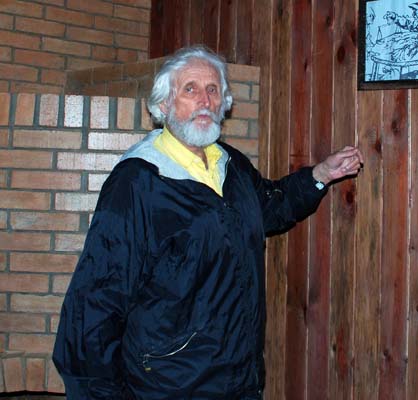 Roald Romanov
Roald Romanov
A have known Roald Leonidovich for a long time. Every time, when visiting his relatives in Belarus, on the way from Moscow to Vitebsk, he stops to visit me. He is a great story teller, knows a lot about architecture, history and philosophy. He has also written a book about his native place of Chereya. In the summer of 2009 I recorded an interview with Roald Leonidovich, where I asked him to tell me about his family. 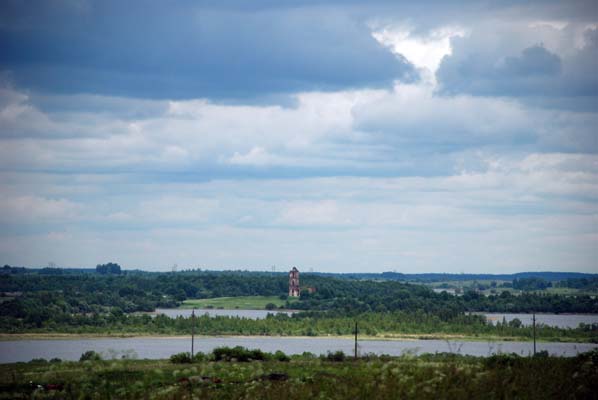
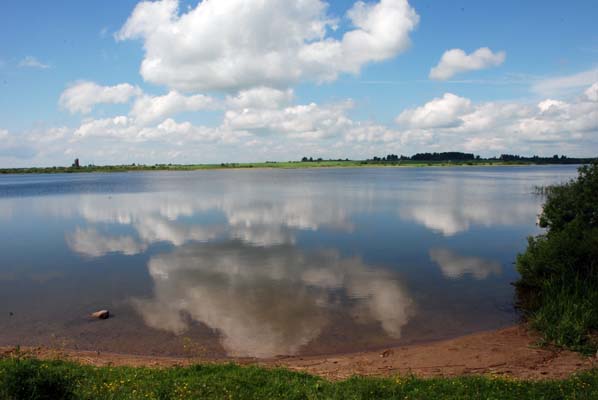 Chereya, suburbs. Lake Chereya.
Chereya, suburbs. Lake Chereya.
- Grandfather Fedor Romanov had eight sons. Four of them, born before the revolution, were registered as Russians, including my father Leonid Fedorovich. The other four, born after the revolution, were registered as Belarusians. My mother was Jewish. So, the paradox of our family is that my father was Russian, mother – Jewish and I – Belarusian. In Chereya many reseidents could speak Yiddish even if they were not Jewish. - Before the war Chereya was a small town, a Jewish one. There were several streets, the central ones – Hilnevichskaya and Gorskaya. Chereya had big fairs and bazaars. It was also considered a Jewish cultural center in the district. I remember three synagogues in Chereya. One of them was located in the town center. The remains of the walls can still be seen today. The other two synagogues have completely been erased. The pre-war population of Chereya was more than 3,000 people, 60% of them – Jewish. Today the population is less than 500 people and not a single Jew is left. 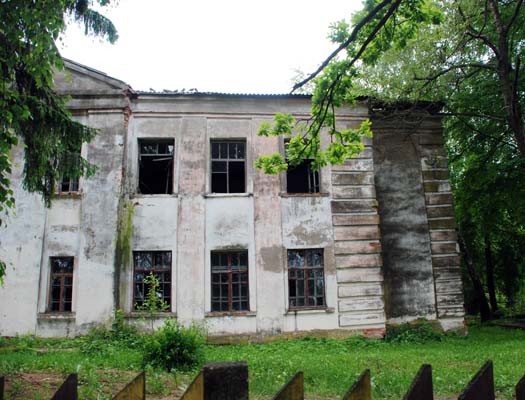
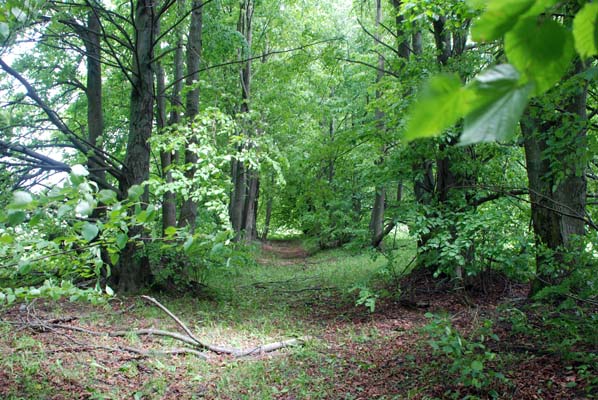 The Miloshes lived in this house. Alley in Miloshe's mansion.
The Miloshes lived in this house. Alley in Miloshe's mansion.
On July 5th 1941 German tanks and cars showed up in Chereya. Chereya’s residents separated into several groups. Some of them knew that the Nazis would be defeated and were intent to fight them. The others welcomed the Germans and tried to assist them in everything. Those, who did not work and preferred stealing, joined the Nazi police. Nazi police also included those who were not happy with the Soviet regime. 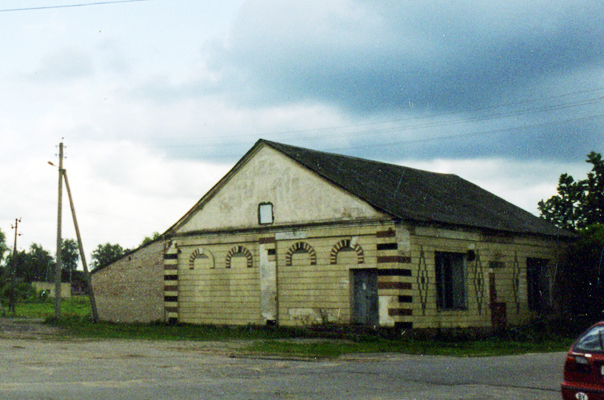
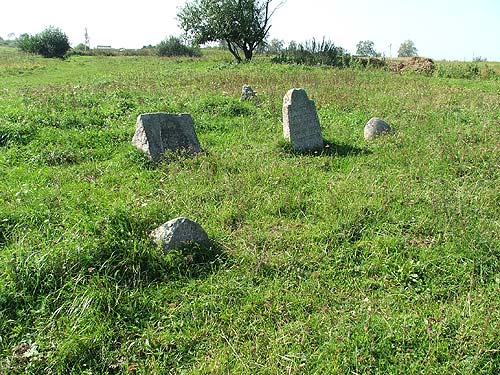 The synagogue used to be in this building. At the old Jewish cemetery.
The synagogue used to be in this building. At the old Jewish cemetery.
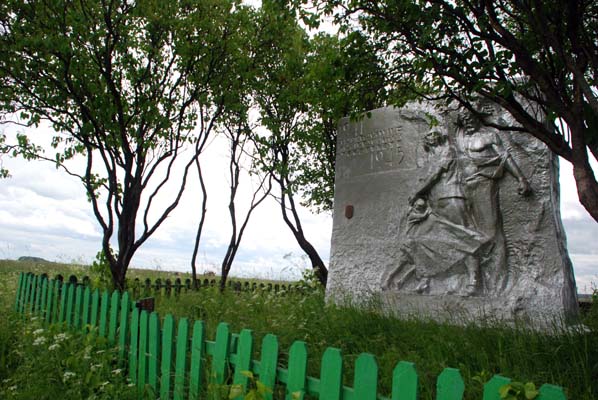 Memorial to the executed Jews from Chereya.
Memorial to the executed Jews from Chereya.
The Chereya Jews were not forced to live in a ghetto. They could continue living in their own houses. There was no food and they had to exchange their personal belongings for food. They also had to beg. All the other town residents were scared to even talk to them for fear of being punished by the Nazis. The only more or less stable source of food was the fish in Lake Chereya. Such life continued until March 1942. March 5th 1942 was a nightmare. I know everything from my friend’s words. He was there and managed to save himself. By that time the Nazis had shot the Jews in Chashniki, Lukoml and other settlements. The Jews, who managed to escape, were hiding themselves in Chereya. I do not know why the Chereya Jews were allowed to live until March 1942. On the night from March 4th to March 5th 1942 Chereya was surrounded by German murderers with machineguns and guns. Nobody from the residents knew about it. In the morning all the Jews were ordered to gather in one place. Naturally, the people realized what they were being gathered for, so many of them started running and were immediately shot. A small group of Jews managed to escape only to be murdered by the local Nazi policemen a few days later. But on March 5th they hunted the Jewish residents of Chereya in their houses. The time was coming close to the evening. All the Jews were accompanied to a ditch, made by explosives. Groups of ten people were separated from the general crowd, and then shot on the edge of the ditch. The ditch was not big enough for all the victims, so the fascists used a silo pit as a second grave. On the day of the executions grandmother was all the time praying in front of an icon. I, together with my sister Svetlana, was next to my shaking mother. When we heard the steps of the German soldiers on our porch, mother eyes got a very colorless look. It looked like the hair on her head was moving. “Go back!” – grandmother yelled at her. She grabbed me and the sister and headed for the door. The Nazis saw that we were blond and left without searching the house. After the executions the murderers worked hard looting the Jewish houses. I heard stories about dogs dragging legs and arms of the victims. The dogs ate the bodies of two small children killed by the Nazis before the general execution started... In the 50s a memorial was set up on execution site of the Jewish residents of Chereya. Arkady ShulmanVera Muhortova’s photos and photos from journal «Mishpoha»
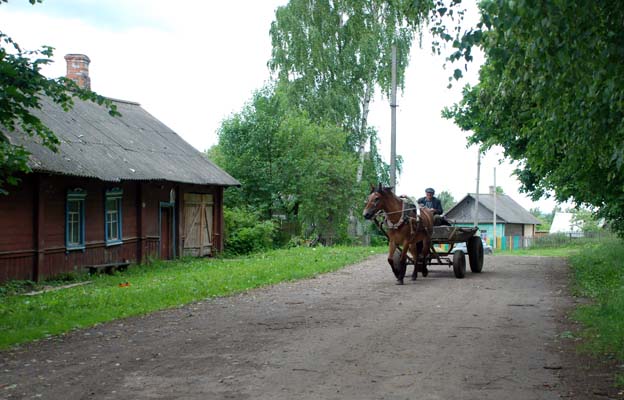
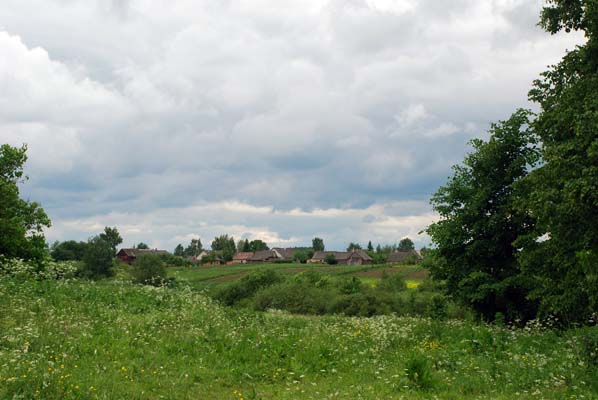 Chereya.
Chereya.
Roald Romanov’s video interview. |
|||
|
|
Jewish settlements in Vitebsk regionVitebsk • Albrehtovo • Babinovichi • Baran • Bayevo • Begoml • Beshenkovichi • Bocheikovo • Bogushevsk • Borkovichi • Braslav • Bychiha • Chashniki • Disna • Dobromysli • Dokshitsy • Druya • Dubrovno • Glubokoye • Gorodok • Kamen • Kohanovo • Kolyshki • Kopys • Krasnopolie • Kublichi • Lepel • Liady • Liozno • Lukoml • Luzhki • Lyntupy • Miory • Obol • Oboltsy • Orsha • Osintorf • Ostrovno • Parafianovo • Plissa • Polotsk • Prozorki • Senno • Sharkovshina • Shumilino • Sirotino • Slaveni• Smolyany • Surazh • Tolochin • Ulla • Verhnedvinsk • Vidzy • Volyntsy • Yanovichi • Yezerishe • Zhary • Ziabki • |
Main |
New publications |
Contacts |
Site map |
Vitebsk region |
Mogilev region |
Minsk region |